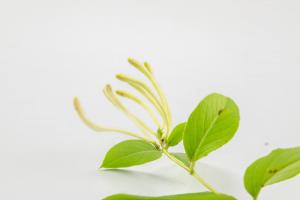Introduction
If you're a fan of carnivorous plants, then you've probably heard of the pitcher plant. The pitcher plant is a fascinating plant species that is native to North America, and it is well-known for its unique structure and ability to attract, trap, and digest insects. But when it comes to caring for pitcher plants, one question often arises: should I put water in my pitcher plant bowls? In this article, we'll explore this question and help you understand how to care for your pitcher plant.
The Anatomy of a Pitcher Plant
Before we dive into the question of whether or not to put water in your pitcher plant bowls, let's take a quick look at the anatomy of a pitcher plant. Pitcher plants have a cone-shaped structure with a long stem and a bowl-shaped opening at the top. The bowl-shaped opening is lined with downward-facing hairs that help to trap insects. Inside the bowl, there is a pool of liquid that serves as a digestive enzyme. When insects are trapped in the pitcher plant, they are broken down by the digestive enzymes, and the plant absorbs the nutrients.
Should You Put Water in Your Pitcher Plant Bowls?
The short answer is yes, you should put water in your pitcher plant bowls. The pool of liquid inside the pitcher plant is essential for the plant's survival, as it serves as a digestive enzyme that helps to break down insects. Without this liquid, the plant would not be able to obtain the nutrients it needs to survive. However, it's important to note that the water you put in your pitcher plant bowls should be distilled or rainwater, not tap water. Tap water contains minerals that can damage the pitcher plant and inhibit its ability to digest insects.
Care and Maintenance of Pitcher Plants
In addition to putting water in your pitcher plant bowls, there are several other things you can do to care for and maintain your pitcher plants. Here are some tips:
Provide your pitcher plant with bright, indirect sunlight.
Use distilled or rainwater when watering your pitcher plant.
Keep the soil moist, but not waterlogged.
Do not fertilize your pitcher plant, as it obtains its nutrients from the insects it traps.
Remove any dead leaves or flowers from the plant to promote new growth.
Conclusion
The pitcher plant is a fascinating and unique plant species that is beloved by many carnivorous plant enthusiasts. While caring for pitcher plants may seem tricky at first, it's important to remember that these plants are relatively low-maintenance when they have the right conditions. By providing your pitcher plant with distilled or rainwater, bright, indirect sunlight, and a moist soil, you can promote its growth and ensure that it thrives in your home or garden.

 how many times do yo...
how many times do yo... how many planted tre...
how many planted tre... how many pine trees ...
how many pine trees ... how many pecan trees...
how many pecan trees... how many plants comp...
how many plants comp... how many plants can ...
how many plants can ... how many plants and ...
how many plants and ... how many pepper plan...
how many pepper plan...






























